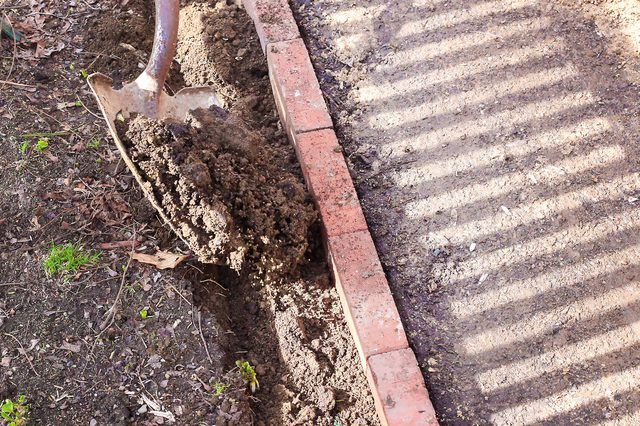Bulbs
Flower Basics
Flower Beds & Specialty Gardens
Flower Garden
Garden Furniture
Garden Gnomes
Garden Seeds
Garden Sheds
Garden Statues
Garden Tools & Supplies
Gardening Basics
Green & Organic
Groundcovers & Vines
Growing Annuals
Growing Basil
Growing Beans
Growing Berries
Growing Blueberries
Growing Cactus
Growing Corn
Growing Cotton
Growing Edibles
Growing Flowers
Growing Garlic
Growing Grapes
Growing Grass
Growing Herbs
Growing Jasmine
Growing Mint
Growing Mushrooms
Orchids
Growing Peanuts
Growing Perennials
Growing Plants
Growing Rosemary
Growing Roses
Growing Strawberries
Growing Sunflowers
Growing Thyme
Growing Tomatoes
Growing Tulips
Growing Vegetables
Herb Basics
Herb Garden
Indoor Growing
Landscaping Basics
Landscaping Patios
Landscaping Plants
Landscaping Shrubs
Landscaping Trees
Landscaping Walks & Pathways
Lawn Basics
Lawn Maintenance
Lawn Mowers
Lawn Ornaments
Lawn Planting
Lawn Tools
Outdoor Growing
Overall Landscape Planning
Pests, Weeds & Problems
Plant Basics
Rock Garden
Rose Garden
Shrubs
Soil
Specialty Gardens
Trees
Vegetable Garden
Yard Maintenance
How to Install Lawn Edging Pavers
How to Install Lawn Edging Pavers. Paver edging gives your yard a clean look and defines the lawn area. Pavers are relatively inexpensive to use as an edging material. You'll find pavers in a variety of colors, but stick with small, brick-sized pavers for the easiest edging material. The pavers work for a slightly raised edging or a ground-level...
Paver edging gives your yard a clean look and defines the lawn area. Pavers are relatively inexpensive to use as an edging material. You'll find pavers in a variety of colors, but stick with small, brick-sized pavers for the easiest edging material. The pavers work for a slightly raised edging or a ground-level edging that allows you to mow right up to the edges of your property or garden beds with ease. Install your paver edging properly to get a level and long-lasting finish.
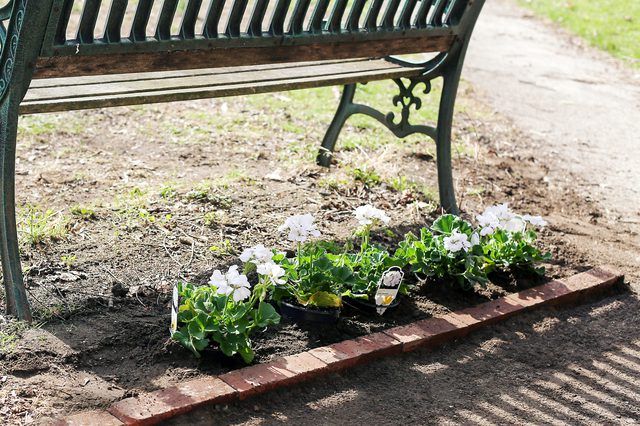
Things You'll Need
Garden hose
Stakes
String
Spade
Level
Sand
Tamper
Pavers
Mallet
Step 1
Mark the location of your paver edging with a flexible garden hose or stakes connected with string. If you plan to install the pavers in only a small area, measure the border with a tape measure to ensure you get an even area in the desired size.
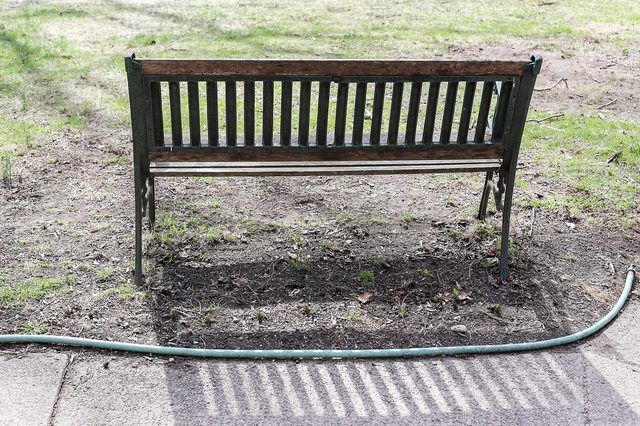
Step 2
Dig along the marked boundary for the paver edging to create a trench to hold the bricks. For small brick pavers, make the trench about 6 inches wide and 3 to 4 inches deep. The width should be slightly more than your bricks. The depth depends on the thickness of the bricks and whether or not you want them to stick up higher than the grass. You'll have 1 inch of sand in the bottom of the trench, so account for that when determining how deep to dig the trench.
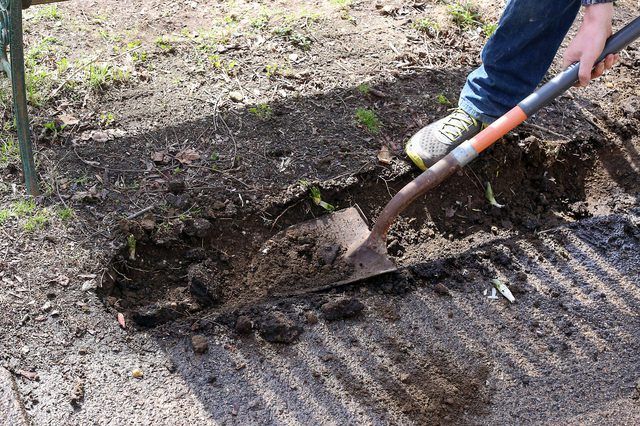
Step 3
Place a level along the bottom of the paver trench to ensure the ground is level. Dig out high areas or add dirt back into low areas to make the ground level.
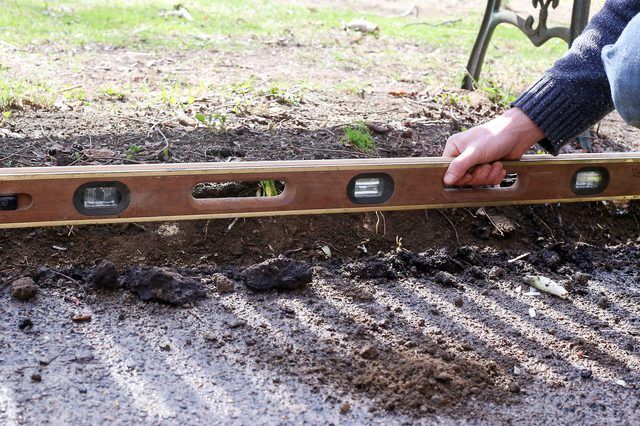
Step 4
Pour a 1-inch layer of sand in the trench. Use a tamper to compact the sand. Check the level of the sand layer, making adjustments to create a flat base for the pavers.
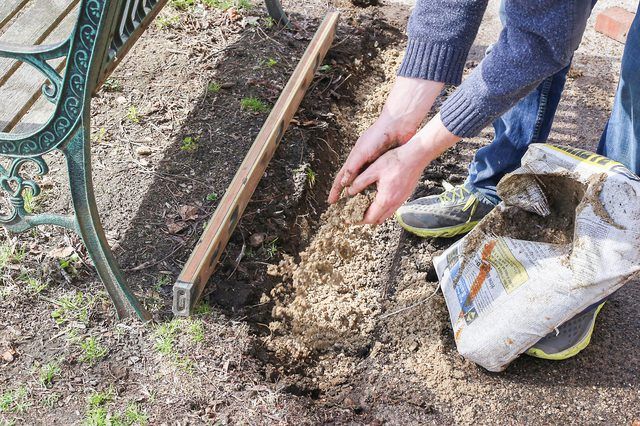
Step 5
Place the first paver in the trench, starting at one end. Set the paver in place by pounding it gently with a mallet. Continue placing pavers along the border so the bricks fit as closely together as possible. Pound each paver in place.
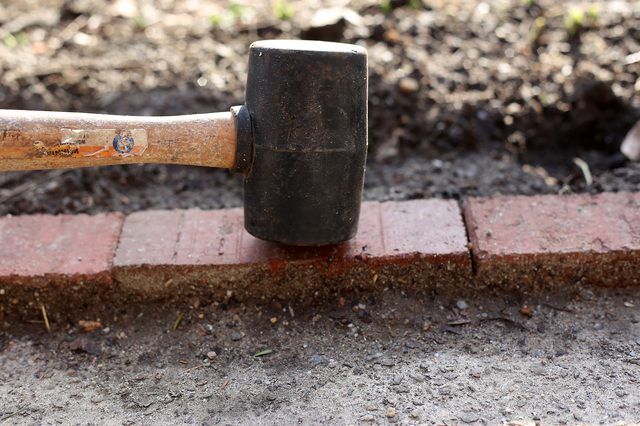
Step 6
Move the level along the entire paver edging to ensure all of the bricks are level. Pound any high bricks gently with the mallet to make them flush with the pavers next to them.
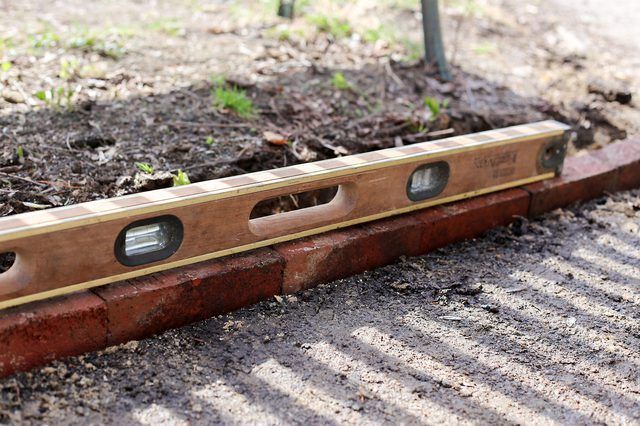
Step 7
Backfill the trench behind the pavers with some of the dirt you initially removed. Fill in the gap right up to the back of the bricks so they stay in place.
